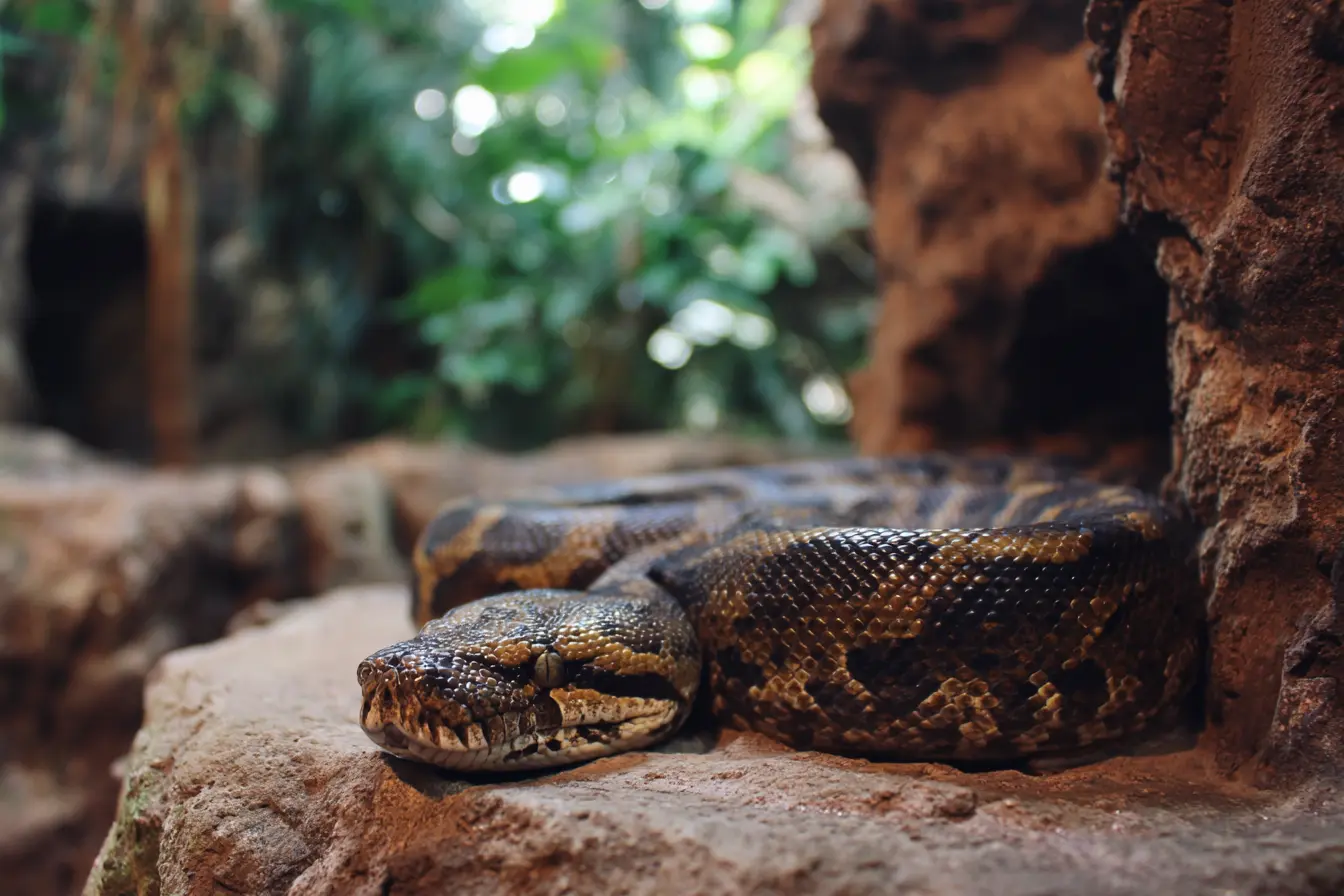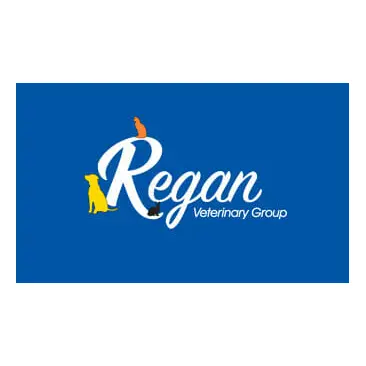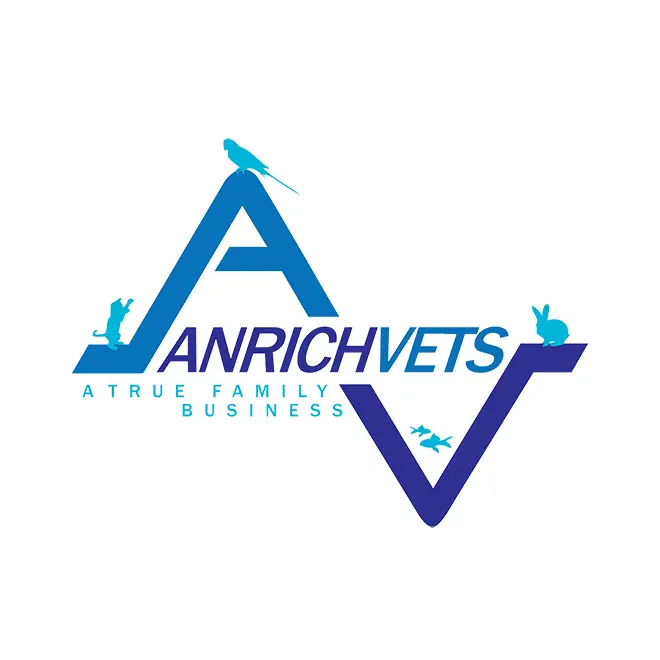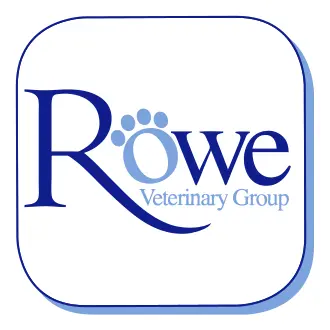
Sulcata Tortoise Care Guide: Everything New Owners Need to Know
The sulcata tortoise (Centrochelys sulcata), also known as the African spurred tortoise, is one of the largest tortoise species in the world. Native to the southern edge of the Sahara Desert in Africa, these tortoises are known for their impressive size, hardy nature, and long lifespan.
Sulcata tortoises are increasingly popular in the UK, but their care needs are considerable due to their size and climate requirements. This guide covers everything new owners need to know, from housing and diet to health and long-term maintenance.
What is a Sulcata Tortoise?
Sulcata tortoises are terrestrial reptiles that inhabit arid regions with high temperatures and little rainfall. They are named for the large spurs on their thighs and are recognised for their tan to yellow-brown domed shells.
Adult sulcata tortoises can grow to over 80 cm in length and weigh upwards of 40–60 kg, with some individuals exceeding 90 kg. They are known for their longevity, often living 70 years or more with proper care.
Sulcatas are strong, determined diggers and can be surprisingly active. They are generally docile but require space and commitment.
Sourcing and Selecting a Sulcata Tortoise
Where to Buy
- Reputable breeders: Captive-bred sulcatas are more acclimatised to human care and less likely to carry disease.
- Specialist reptile shops: Some UK shops offer sulcatas and can provide husbandry advice.
- Reptile rescues: Rehoming a tortoise is a great option, but be sure you can meet its long-term needs.
Avoid wild-caught individuals due to ethical concerns and the risk of disease.
What to Look For
Choose a healthy sulcata tortoise by checking for:
- Bright, clear eyes and alert behaviour
- Firm, smooth shell with no signs of pyramiding or softness
- Clear nostrils and no wheezing
- Strong appetite and mobility
Housing and Enclosure Setup
Due to their size and heat requirements, sulcatas are challenging to house in the UK. They require substantial space, year-round heating, and access to UVB lighting.
Indoor Enclosure
Young sulcatas should be kept indoors until they are large enough to cope with outdoor temperatures in summer.
- Size: Minimum 180 cm x 120 cm for hatchlings, but they will outgrow this quickly.
- Substrate: Use a mixture of topsoil and sand or coconut coir for burrowing. Keep it dry but not dusty.
- Heating and Lighting: Provide a basking spot at 35–38°C and maintain ambient temperatures of 25–30°C. A UVB lamp is essential for bone health.
- Humidity: Juveniles require 40–60% humidity to prevent pyramiding; mist the enclosure lightly and offer humid hides. Adults prefer drier conditions.
Outdoor Enclosure
Sulcatas thrive with outdoor access when UK temperatures are above 20°C.
- Size: At least 5 m x 5 m, with room to roam and dig.
- Fencing: Use strong, dig-proof barriers at least 60 cm high and 30 cm below ground.
- Shelter: A heated, insulated tortoise house is essential for cooler nights and bad weather.
Diet and Nutrition
Sulcata tortoises are strict herbivores with a high-fibre, low-protein diet. Overfeeding or improper food can lead to serious health problems.
Staple Foods
- Grasses and hay: Timothy hay, orchard grass, meadow hay
- Weeds and leafy greens: Dandelion, plantain, sow thistle, chicory, clover
- Occasional veg: Squash, courgette, pumpkin (sparingly)
Foods to Avoid
- High-protein foods (dog/cat food, legumes)
- Fruits (too much sugar)
- Iceberg lettuce (low in nutrition)
- Spinach and rhubarb (high in oxalates)
Supplementation
Provide calcium powder 3–4 times per week and a reptile multivitamin weekly. Always ensure access to clean, fresh water in a shallow bowl.
Handling and Behaviour
Sulcata tortoises are strong and can be quite active. While not particularly social, they can recognise their owners and become accustomed to regular interaction.
Tips for Handling
- Support their entire body when lifting.
- Avoid handling unless necessary—sulcatas prefer exploring on their own.
- Wash hands before and after to prevent spreading bacteria.
Common Health Issues
Pyramiding
Abnormal shell growth due to poor diet or humidity in juveniles. Preventable with correct husbandry.
Respiratory Infections
Caused by cold, damp environments. Signs include wheezing, bubbling at the nose, and lethargy.
Metabolic Bone Disease (MBD)
Results from lack of calcium or UVB light. Symptoms include soft shells and difficulty moving.
Dehydration and Constipation
Sulcatas need regular soaks and access to fresh water despite their desert origins.
Consult a reptile vet if you see any signs of illness, including lethargy, shell changes, or loss of appetite.
Specialist Vet Care
Routine Health Checks
An annual check-up with a reptile-savvy vet is recommended, including faecal screening for parasites.
Emergency Situations
Seek immediate veterinary attention if your sulcata is:
- Lethargic or not eating
- Wheezing or having breathing difficulties
- Injured or bleeding
- Showing abnormal shell development
Care and Maintenance
Daily Tasks
- Check temperatures and humidity levels
- Spot-clean waste and remove uneaten food
- Refill water and inspect the tortoise
Weekly Tasks
- Clean food and water dishes
- Lightly mist the enclosure if needed
Monthly Tasks
- Deep-clean the enclosure
- Replace UVB bulbs as needed (every 6 months)
- Inspect shell and limbs for injuries or abnormalities
Final Thoughts
Sulcata tortoises are impressive, hardy reptiles, but they are not suitable for casual keepers. Their large size, long lifespan, and specialised needs require commitment and planning.
With proper care, a sulcata can become a fascinating lifelong companion. Make sure you’re ready to accommodate their needs for decades to come, if so, you’ll be rewarded with the companionship of one of the most remarkable tortoises in the world.
Vets near you
Speciality vets
- Aquatics vet specialists
- Birds vet specialists
- Camelids vet specialists
- Cats vet specialists
- Cattle vet specialists
- Deer vet specialists
- Dogs vet specialists
- Equines vet specialists
- Exotic vet specialists
- Goats vet specialists
- Pigs vet specialists
- Poultry vet specialists
- Sheep vet specialists
- Small Mammals vet specialists
- Wild vet specialists










